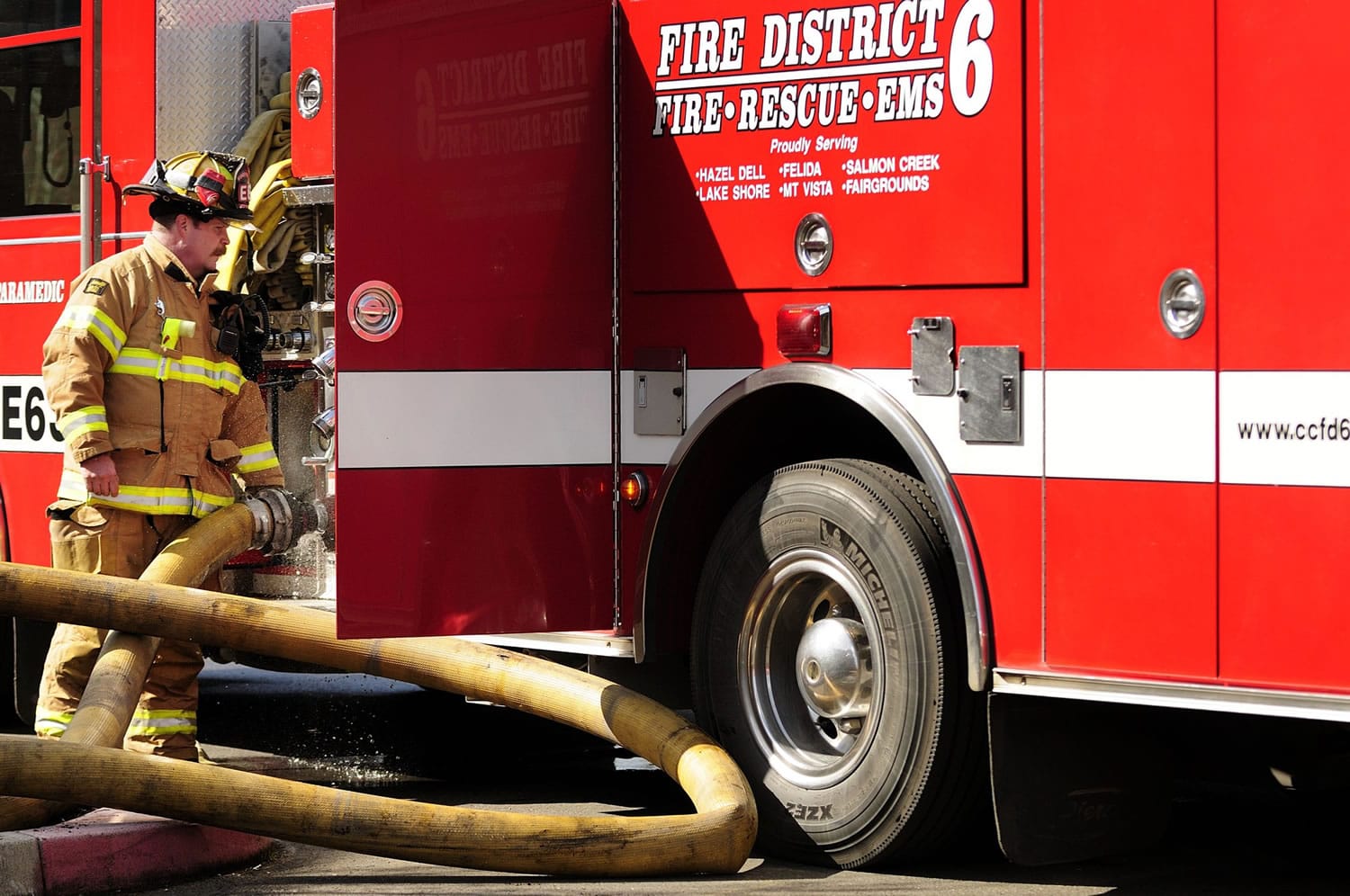Emergency medical responders and hospitals across the state are rolling out new response systems to speed up care for patients suffering from a stroke or heart attack.
The new emergency cardiac and stroke systems are modeled after the state’s trauma system. The new systems provide medical responders with detailed triage procedures and training for assessing, treating and determining the appropriate hospital for their patients.
Without the new system, heart attack and stroke patients are often taken to the closest hospital, then transferred to another hospital when the first hospital isn’t able to provide specialized care, according to the Washington State Department of Health.
“It saves precious time,” Dawn Johnson, spokeswoman for Clark County Fire District 6, said of the new system. “It cuts down on the confusion and gets the patient where they need to be quickly.”
Clark County emergency medical responders have been using similar procedures for the last year and a half, Johnson said. Clark County responders officially adopted the state’s protocols last month, she said.
“As a county, we’ve kind of been ahead of the game,” Johnson said.
The new system gets emergency responders and staff at hospitals in rural areas on the same page, said Lisa Pickens, stroke program coordinator for PeaceHealth Southwest Medical Center.
That means patients in rural areas will receive early intervention treatment and be transferred to larger hospitals, such as PeaceHealth Southwest, more quickly, she said.
Hospitals with catheterization lab capabilities or operating rooms can then provide more advanced care for the patient and get blood flowing again, Pickens said. The quicker blood flow is restored, the better outcome for the patient, she said.
“Time is either muscle or time is brain,” Pickens said. “Every minute, more and more brain cells die.”
As part of the new system, hospitals in the state are categorized based on their stroke and cardiac care capabilities. The categorization helps emergency responders determine where patients should be transported.
PeaceHealth Southwest Medical Center is categorized as a Level 1 stroke and cardiac center. Level 1 centers provide the highest level of care.
The cardiac center designation means the medical center has the ability to provide primary percutaneous coronary intervention around the clock. The stroke center designation means the hospital can diagnose and treat stroke patients who require intensive medical and surgical care, specialized tests or intervention therapies, according to the state health department.
PeaceHealth Southwest is the only hospital in Southwest Washington categorized as a Level 1 facility for stroke and cardiac care, according to the state health department.
Legacy Salmon Creek Medical Center is designated as a Level 2 stroke and cardiac center. A Level 2 cardiac center provides rapid assessment and treatment of acute coronary symptoms. The stroke center designation means the hospital can stabilize and treat most acute stroke patients, according to the state health department.
Formal cardiac and stroke systems were established after the state health department conducted a quality of care survey for cardiac and stroke treatment, Pickens said. The survey revealed patients in rural areas were not getting the same level of care as those in the larger cities.




